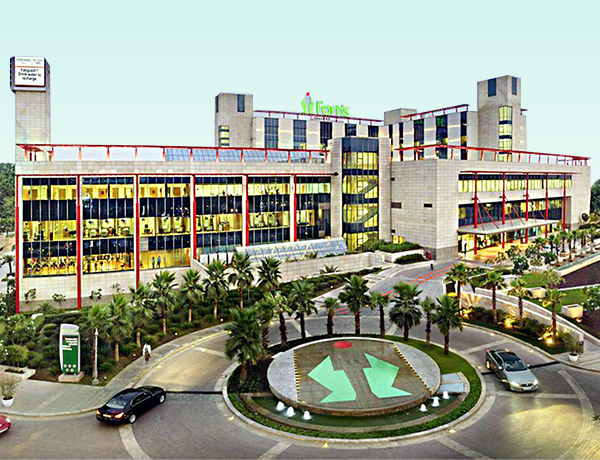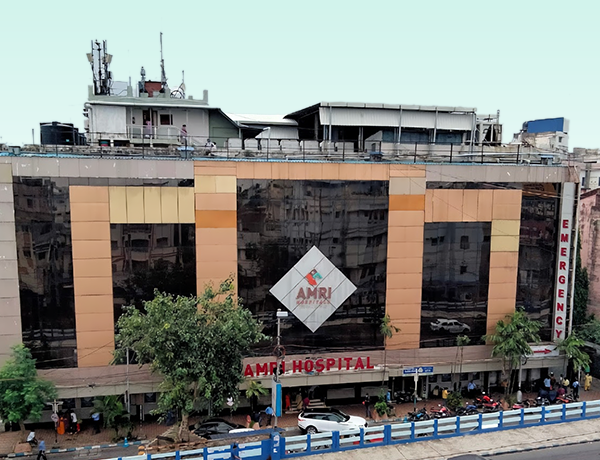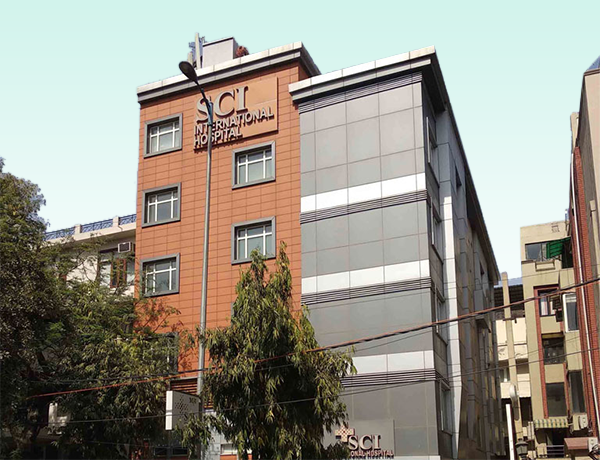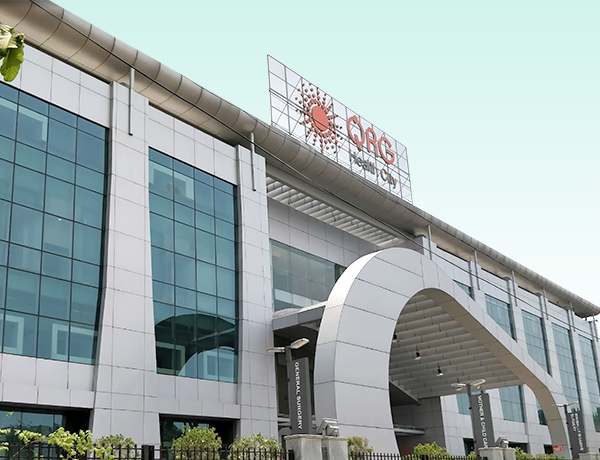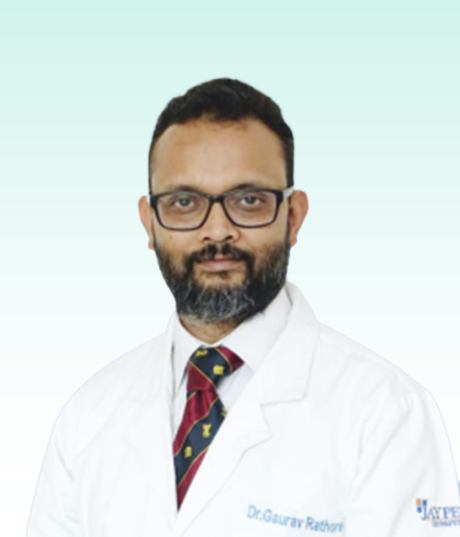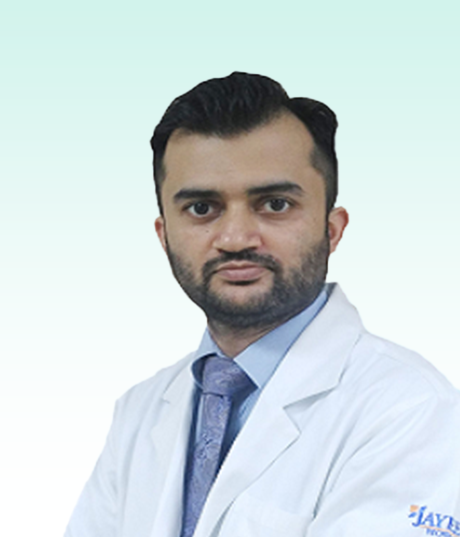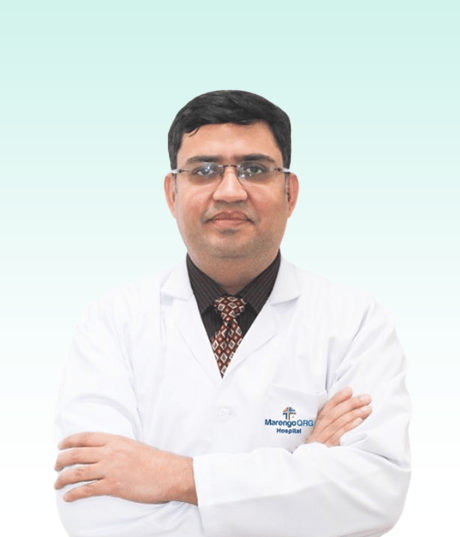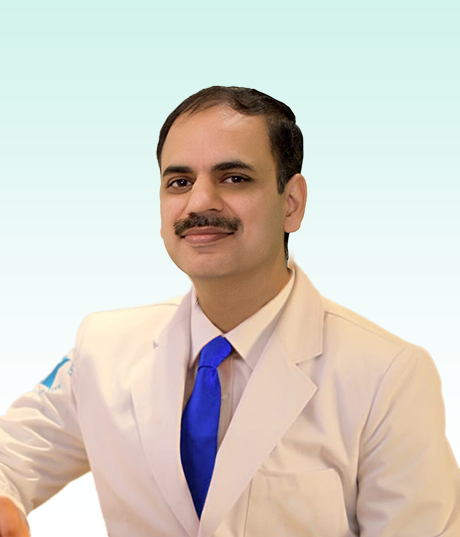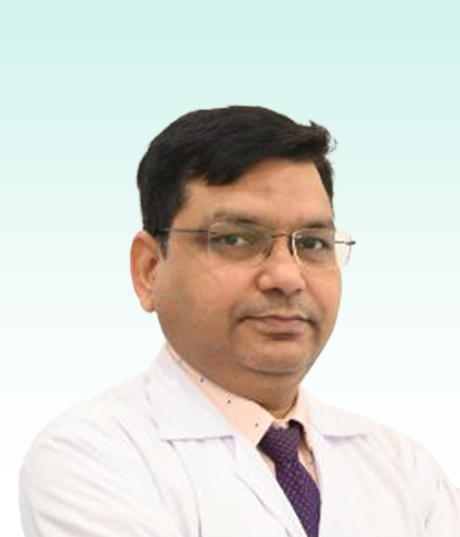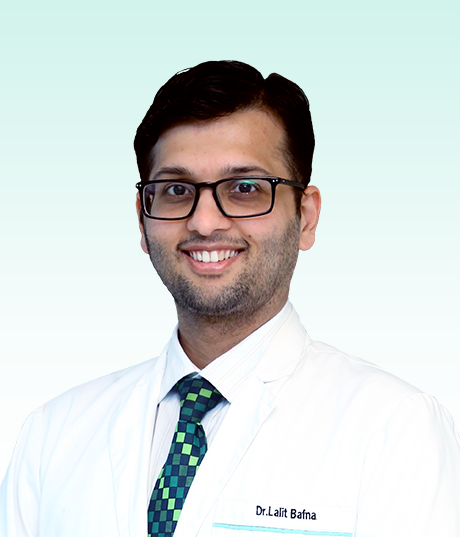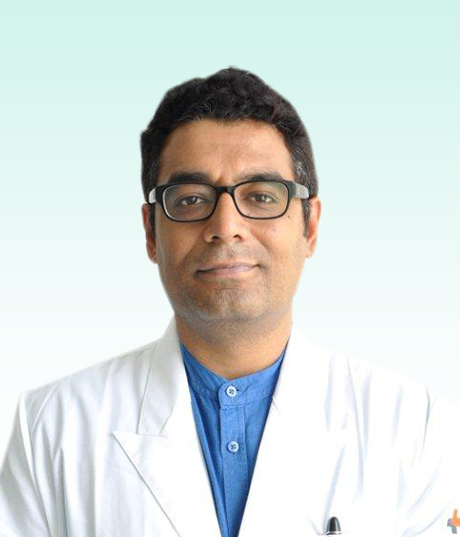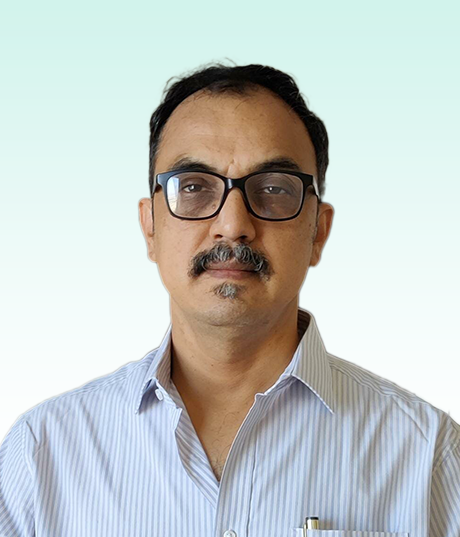Shoulder-Arthroscopy / Open- Sub Acromial Decompression
Shoulder subacromial decompression (also called acromioplasty) is a surgical procedure to treat shoulder impingement, a common condition that causes weakness in your shoulder and pain when you raise your arm above your head. It is performed using keyhole surgery.
Shoulder impingement occurs when the tendons that support the rotator cuff muscles become dysfunctional and damaged.

Who Needs Shoulder-Arthroscopy / Open- Sub Acromial Decompression
Shoulder-Arthroscopy / Open- Sub Acromial Decompression may be recommended for individuals who experience the following:
Shoulder Pain: Persistent shoulder pain that limits daily activities, particularly during overhead movements or reaching.
Impingement Symptoms: Symptoms of subacromial impingement, such as pain with shoulder movement, weakness, and limited range of motion.
Conservative Treatment Failure: Failure to respond to nonsurgical treatments, including rest, physical therapy, anti-inflammatory medications, and corticosteroid injections.
When to See a Specialist
If you experience persistent shoulder pain or symptoms of subacromial impingement that do not improve with conservative treatments, it is advisable to consult a specialist. An orthopedic surgeon with expertise in shoulder conditions can evaluate your condition, conduct diagnostic tests, and determine if Shoulder-Arthroscopy / Open- Sub Acromial Decompression is suitable for you.
Procedure
Anesthesia: The patient is given general anesthesia or regional anesthesia to ensure comfort during the procedure.
Arthroscopic or Open Approach: The surgeon selects either an arthroscopic or open approach based on the specific case and surgical preference.
Incision or Portal Placement: For open surgery, a larger incision is made over the shoulder. For arthroscopy, small incisions called portals are created to insert surgical instruments and a camera.
Identification and Removal of Impinging Structures: The surgeon visualizes the subacromial space and identifies structures causing impingement. These may include bone spurs, inflamed bursa, or thickened ligaments. The surgeon then removes or modifies these structures to create more space for the rotator cuff tendons.
Closure: Incisions are closed using sutures or staples, and dressings are applied.
Road to Recovery
Recovery following Shoulder-Arthroscopy / Open- Sub Acromial Decompression involves a combination of rest, physical therapy, and rehabilitation exercises. Physical therapy aims to improve range of motion, strengthen the shoulder muscles, and restore functional mobility. The duration of recovery varies based on individual factors and the extent of the procedure.
Risk Management
While Shoulder-Arthroscopy / Open- Sub Acromial Decompression is generally safe, there are potential risks and complications associated with the procedure. These may include infection, bleeding, nerve or blood vessel damage, shoulder stiffness, and incomplete pain relief. Your surgeon will discuss these risks with you and take appropriate measures to minimize them.
Benefits of Shoulder-Arthroscopy / Open- Sub Acromial Decompression
Pain Relief: The procedure aims to alleviate shoulder pain and improve the overall quality of life.
Improved Shoulder Function: By creating more space for the rotator cuff tendons, Shoulder-Arthroscopy / Open- Sub Acromial Decompression can improve shoulder function and range of motion.
Enhanced Quality of Life: Patients often experience reduced limitations in daily activities and improved participation in sports or physical tasks that involve shoulder movement.
Frequently Asked Questions
How long does it take to recover from Shoulder-Arthroscopy / Open- Sub Acromial Decompression?
The recovery time can vary depending on factors such as the extent of the procedure, individual healing ability, and adherence to rehabilitation. Generally, it may take several weeks to a few months to achieve full recovery and return to normal activities.
Will I need to wear a sling after the surgery?
Yes, a sling is often prescribed to provide support and protect the shoulder during the initial healing phase. The duration of sling use will be determined by your surgeon based on your specific case.
Can Shoulder-Arthroscopy / Open- Sub Acromial Decompression be performed on both shoulders simultaneously?
In some cases, bilateral Shoulder-Arthroscopy / Open- Sub Acromial Decompression can be performed, but it depends on various factors. Your surgeon will assess your condition and determine the appropriate approach for your specific needs.
Treatians As The Best Choice
Treatians understand that seeking medical treatment abroad can be a daunting experience for patients and their families. That’s why the company offers end-to-end support to its clients, from the initial consultation to post-treatment care. The company provides personalized treatment plans that are tailored to meet the individual needs of each patient, and its team of dedicated professionals is always on hand to provide guidance and support throughout the entire process. Contact us at +91-7982312582, drop your email [email protected]
- Trauma & intensive care
- Aged Care
- Community Services
- Diagnosis & Investigation
- Medical & Surgical
- Mental Health
- Rehabitation
- Specialised Support Service







